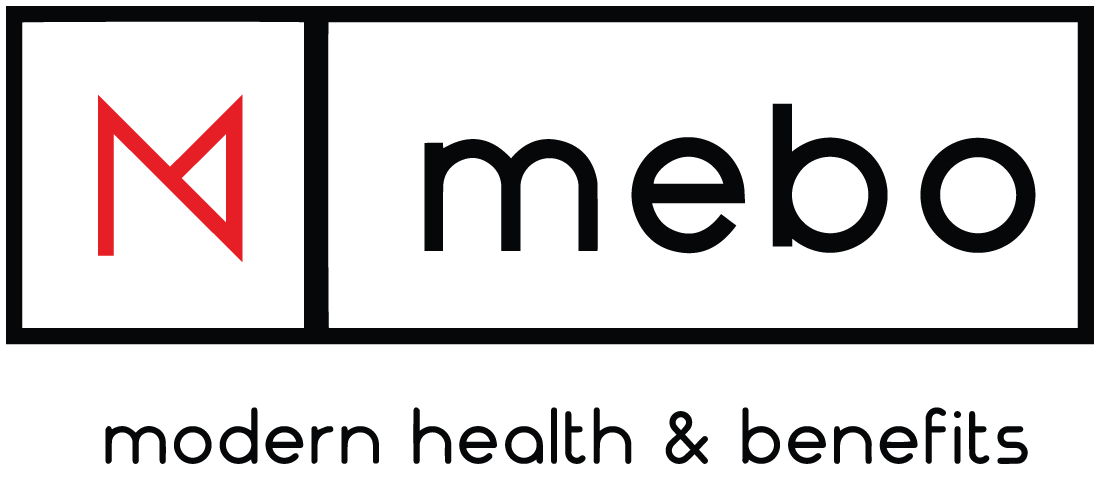Build a Better Employee Health Benefits Program
Most employers understand the importance of offering health benefits. The right benefits plan can help employers attract and retain quality employees. Unfortunately, many benefit plans do not allow employers to control healthcare spending. This can create problems when creating and balancing budgets. A major event or illness can cost employers and employees a considerable amount of money. It’s crucial that employers ensure they create an employee health plan that provides a high level of transparency and control over spending, while ensuring adequate coverage for employees.
Determine Goals & Budget
Before building an employee benefits program, employers should think carefully about the reasons they’re offering benefits in the first place. Many employers offer benefits to attract and retain quality candidates. In fact, a recent survey found that 72% of employers list retention and 58% list recruiting as the top reasons for increasing benefits for employees. Offering competitive health benefits can help organizations stand out in the labor market. Other reasons for offering benefits include compliance with federal and state laws and tax savings.
Once employers determine their goals, they need to decide what they’re willing to spend on employee healthcare. The amount of money spent varies from one plan to the next. Sometimes, employers end up paying more for healthcare than they originally planned. This can be controlled with a level-funded plan. Using stop loss insurance, employers can decide the maximum amount they’re willing to spend each month. When healthcare costs exceed this number, the stop loss insurance covers the difference.
Required Benefits
Before deciding on the type of health benefits to offer, employers should look at what they’re already spending on required benefits. Benefits required by federal, state, and local laws may include:
- Social Security
- Unemployment Insurance
- Workers’ Compensation
- Disability Insurance
- Leave of Absence
Provide Employees with A Statement of Total Compensation
Each year, many employers provide a statement of compensation to employees. This report includes a breakdown of wages earned and benefits translated into a dollar amount. Depending on the types of benefits offered, the report should list:
- Employee health insurance cost
- Money spent on employee leave
- Disability insurance costs
- Life insurance costs
- Retirement contribution amounts
Discussing this report with employees helps them better understand and appreciate the benefits they receive.
Customized Employee Benefit Plans
Employers looking to optimize their employee health plan could benefit from speaking with an experienced employee benefits specialist. The right benefits broker can help increase transparency and control over healthcare spending, while ensuring employees receive the care they need. Please contact us for a consultation. We look forward to hearing from you.











